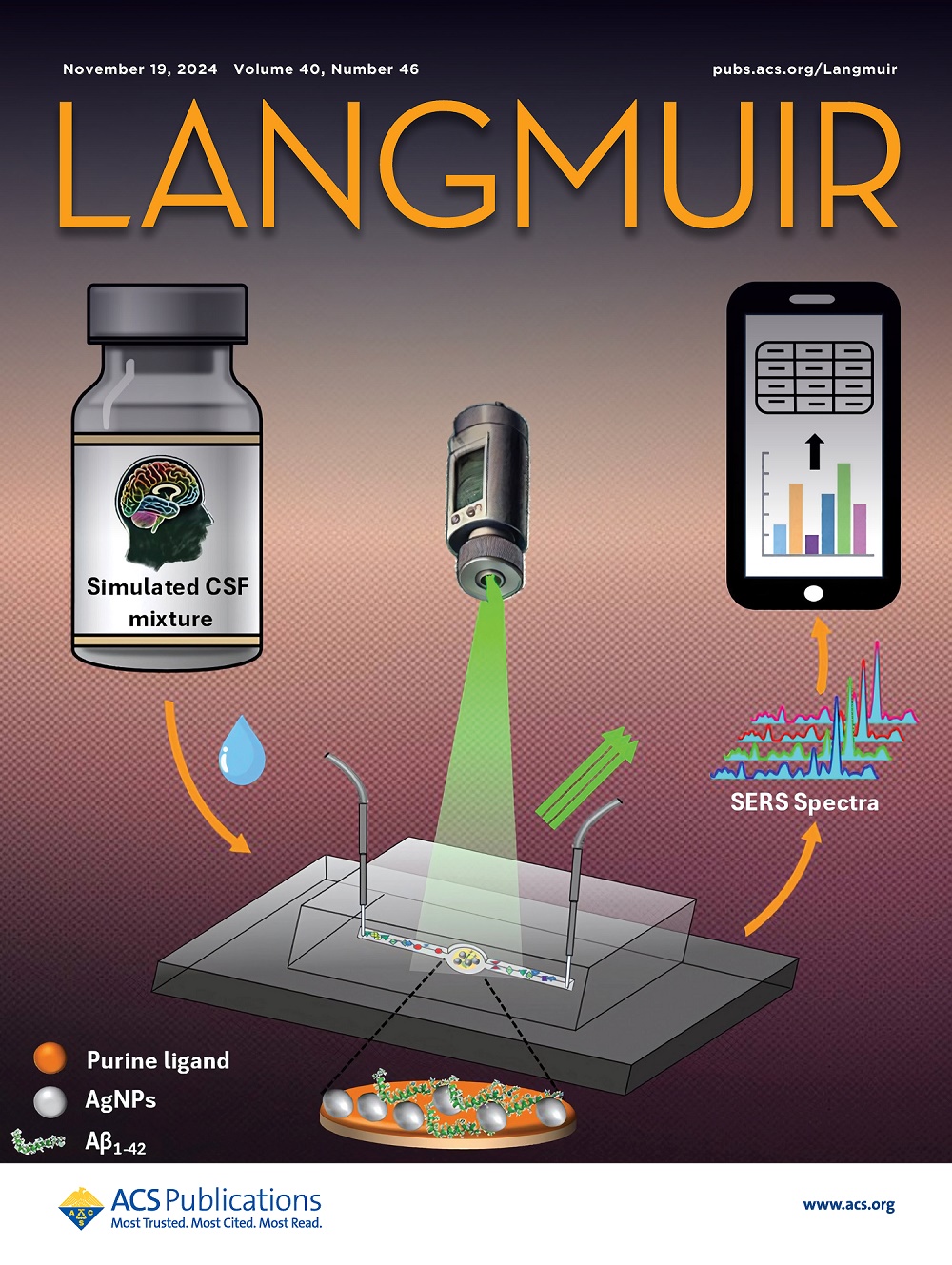废物衍生碳纳米材料在过硫酸盐驱动高级氧化过程中的结构特性研究。
IF 3.7
2区 化学
Q2 CHEMISTRY, MULTIDISCIPLINARY
引用次数: 0
摘要
全球固体废物的迅速积累对环境健康、人类福祉和资源可持续性构成挑战。固体废物,如生物质和塑料,越来越被认为是生产功能材料的潜在资源。通过热解、水热处理和化学气相沉积等方法,固体废物可以被升级为碳基催化剂,用于过硫酸盐驱动的环境净化高级氧化工艺。本展望系统地探讨了废物衍生的碳纳米材料的过硫酸盐活化。评估了影响其催化行为的关键结构和化学因素,包括碳杂化态(sp, sp2和sp3),结构性质,含氧官能团,结构缺陷,杂原子或金属掺杂。特别关注杂原子/金属结合如何调节电子结构,使过硫酸盐通过自由基和非自由基途径活化。这项工作的新颖之处在于它的综合方法,桥梁废物增值和功能催化剂的合理设计。因此,这一观点有助于推动可持续和资源高效的有机污染物净化技术。本文章由计算机程序翻译,如有差异,请以英文原文为准。
Exploring the Structural Properties of Waste-Derived Carbon Nanomaterials for Enhanced Persulfate-Driven Advanced Oxidation Processes.
The rapid accumulation of global solid waste poses a challenge to environmental health, human well-being, and resource sustainability. Solid waste, such as biomass and plastics, is increasingly recognized as a potential resource for producing functional materials. Through methods like pyrolysis, hydrothermal treatment, and chemical vapor deposition, solid waste can be upcycled into carbon-based catalysts for persulfate-driven advanced oxidation processes in environmental decontamination. This Perspective systematically explores waste-derived carbon nanomaterials for persulfate activation. Key structural and chemical factors influencing their catalytic behavior are evaluated, including carbon hybridization states (sp, sp2, and sp3), textural properties, oxygen-containing functional groups, structural defects, and heteroatom or metal doping. Special focus is given to how heteroatom/metal incorporation modulates the electronic structure, enabling persulfate activation through both radical and nonradical pathways. The novelty of this work lies in its integrated approach that bridges waste valorization and the rational design of functional catalysts. Consequently, this Perspective contributes to the advancement of sustainable and resource-efficient technologies for organic pollutant decontamination.
求助全文
通过发布文献求助,成功后即可免费获取论文全文。
去求助
来源期刊

Langmuir
化学-材料科学:综合
CiteScore
6.50
自引率
10.30%
发文量
1464
审稿时长
2.1 months
期刊介绍:
Langmuir is an interdisciplinary journal publishing articles in the following subject categories:
Colloids: surfactants and self-assembly, dispersions, emulsions, foams
Interfaces: adsorption, reactions, films, forces
Biological Interfaces: biocolloids, biomolecular and biomimetic materials
Materials: nano- and mesostructured materials, polymers, gels, liquid crystals
Electrochemistry: interfacial charge transfer, charge transport, electrocatalysis, electrokinetic phenomena, bioelectrochemistry
Devices and Applications: sensors, fluidics, patterning, catalysis, photonic crystals
However, when high-impact, original work is submitted that does not fit within the above categories, decisions to accept or decline such papers will be based on one criteria: What Would Irving Do?
Langmuir ranks #2 in citations out of 136 journals in the category of Physical Chemistry with 113,157 total citations. The journal received an Impact Factor of 4.384*.
This journal is also indexed in the categories of Materials Science (ranked #1) and Multidisciplinary Chemistry (ranked #5).
 求助内容:
求助内容: 应助结果提醒方式:
应助结果提醒方式:


